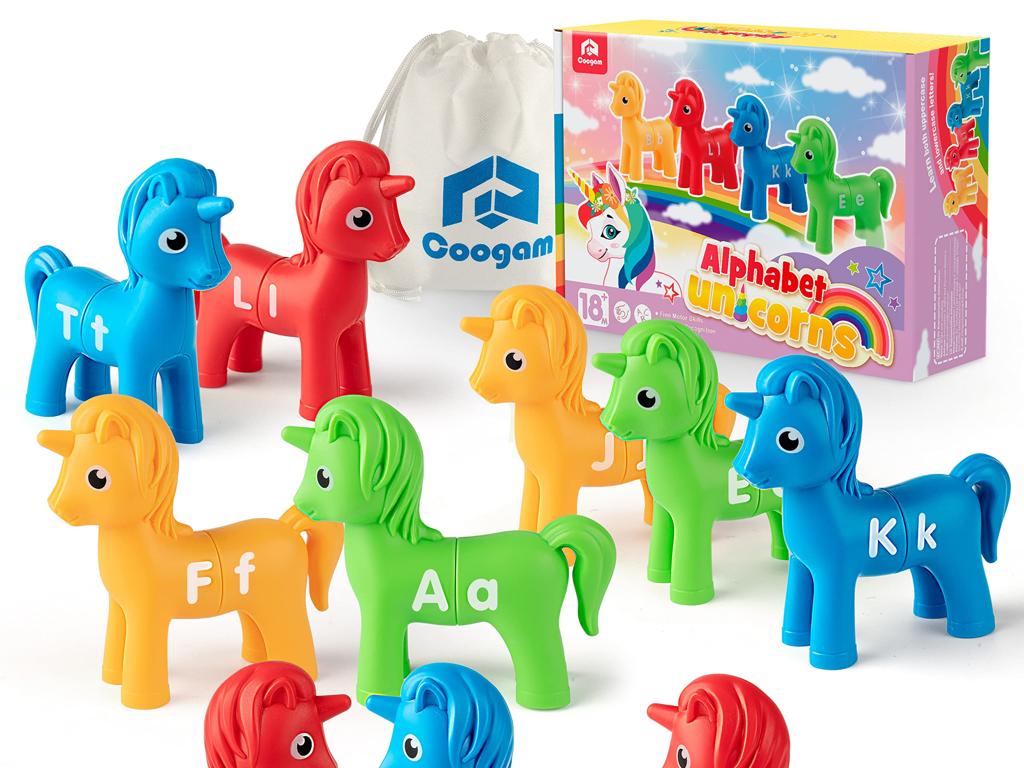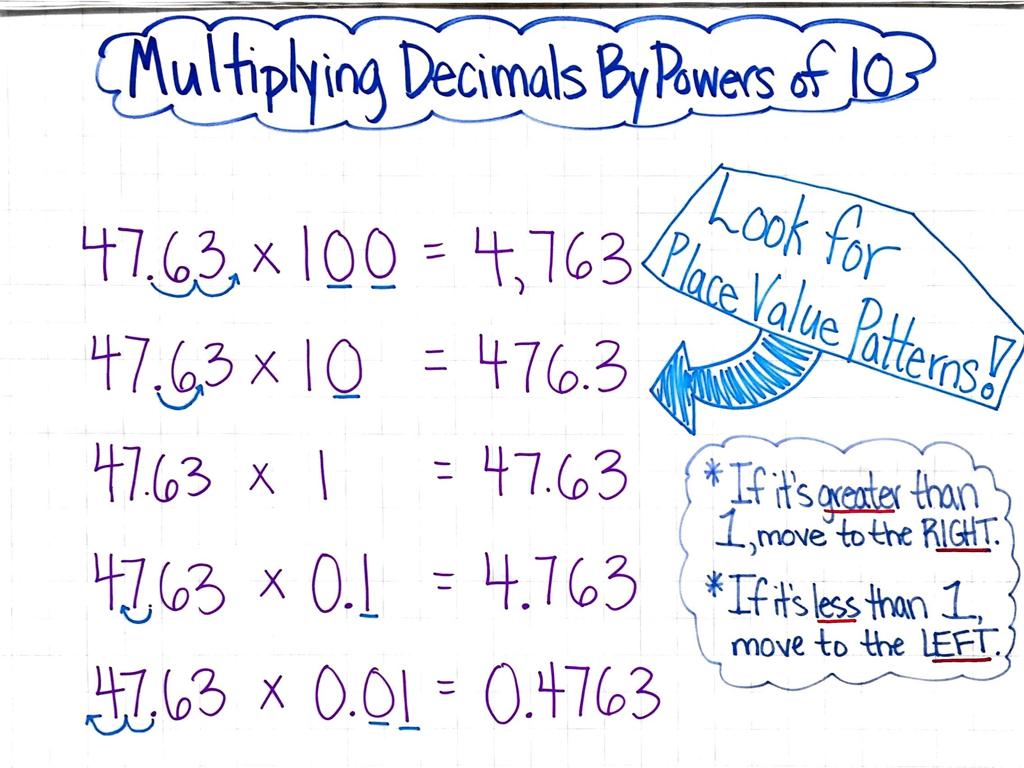Compare Two Groups Of Coins - Pennies Through Dimes
Subject: Math
Grade: Kindergarten
Topic: Money
Please LOG IN to download the presentation. Access is available to registered users only.
View More Content
Welcome to Money Land!
– Learn about different coins
– Pennies are copper, nickels are larger and silver, dimes are small and silver
– Why money is important
– We use money to buy toys, snacks, and other fun stuff
– Comparing pennies, nickels, dimes
– How many pennies make a nickel? How many nickels make a dime?
– Recognize and value coins
– A penny is 1 cent, a nickel is 5 cents, and a dime is 10 cents
|
This slide introduces kindergarteners to the concept of money, specifically coins. Start by showing them actual coins and explaining the physical differences. Discuss the importance of money in everyday life, like buying small items they are familiar with. Use simple terms to compare the value of pennies, nickels, and dimes, and help them understand how these coins add up to make larger amounts. Engage the students with questions and encourage them to handle the coins to become familiar with their size and value. The goal is to make them comfortable recognizing and valuing coins, setting a foundation for basic financial literacy.
Meet the Coins
– Penny: The 1 cent coin
– A penny is copper-colored and the smallest value.
– Nickel: The 5 cents coin
– A nickel is larger than a penny and worth 5 pennies.
– Dime: The 10 cents coin
– A dime is the smallest coin but worth more than a penny and a nickel.
|
Introduce the children to the basic coins used in everyday transactions. Show them real coins or pictures of a penny, nickel, and dime. Explain that a penny is worth 1 cent and is copper-colored. A nickel is worth 5 cents, which is the same as five pennies, and is larger than a penny. A dime is the smallest in size but is worth 10 cents, which is more than a penny and a nickel. Have the children practice identifying each coin and its value. You can also introduce simple addition of these coins in later activities.
Let’s Sort Coins!
– Sort coins by size and color
– Pennies: small and copper
– A penny is worth 1 cent
– Nickels: larger, silver
– A nickel is worth 5 cents
– Dimes: smallest, silver
– A dime is worth 10 cents
|
This slide is designed to help Kindergarten students recognize and sort coins based on physical characteristics such as size and color. Start by showing real coins or pictures of pennies, nickels, and dimes. Explain that pennies are the only copper-colored coins and are small in size. Nickels are larger and silver, making them distinct from pennies. Dimes, although silver like nickels, are the smallest coins. Reinforce the concept by having the students sort a mixed group of coins, identifying each type and discussing their value. This hands-on activity will help solidify their understanding of money and prepare them for learning how to count and use coins.
Comparing Coins: Counting and Value
– Count coins in each group
– More coins or more value?
– Does a bigger pile always mean more money?
– Compare value of two groups
– Use pennies and dimes for comparison
– Discover which group is worth more
– Count carefully and find out the total value
|
This slide introduces the concept of comparing groups of coins not just by quantity but by value. Start by showing two groups of coins and ask the students to count the number of coins in each group. Then, discuss the concept that more coins do not necessarily equate to more value. For example, a group with fewer dimes can be worth more than a larger group of pennies. Guide the students to count the value of each group and determine which one has a higher total value. This activity will help them understand the basics of money and its value. Encourage the students to think critically about the difference between the number of items and their value, a fundamental concept in financial literacy.
Counting Coin Values
– Count pennies in a nickel
– 5 pennies make 1 nickel
– Count nickels in a dime
– 2 nickels make 1 dime
– Learn coin values
– A nickel is worth 5 cents, a dime is worth 10 cents
– Compare coins with confidence
|
This slide aims to teach Kindergarten students the basics of counting coins and understanding their values. Start by showing them that 5 pennies are needed to make a nickel. Use real coins or coin manipulatives for a hands-on experience. Then, demonstrate that it takes 2 nickels to make a dime. Explain the concept of value by comparing the coins and how many of each are needed to equal the value of another. Reinforce the lesson with activities such as matching the number of pennies to nickels and nickels to dimes. Encourage the students to practice with coin counting worksheets and simple role-playing activities where they can use coins to ‘buy’ classroom items.
Coin Matching Game
– Match coins to their values
– Penny equals 1 cent
– A penny is worth 1 cent. Find and match it!
– Nickel equals 5 cents
– A nickel is worth 5 cents. Can you match it?
– Dime equals 10 cents
– A dime is worth 10 cents. Let’s match it!
|
This slide introduces a coin matching game to help Kindergarten students recognize and understand the value of pennies, nickels, and dimes. The activity is designed to be interactive, with students dragging coins to their corresponding numerical values. Teachers should prepare cut-out coins and numbers or use a digital interactive whiteboard for this activity. Possible variations include matching coins to items with equivalent prices, grouping coins to create a certain value, or even a memory game where students find pairs of matching coins and values. The goal is to make learning about money engaging and hands-on.
Class Activity: Coin Grab Bag
– Receive a bag with mixed coins
– Sort coins into separate groups
– Make a pile for pennies, nickels, dimes
– Count the value of each group
– Use counting skills to add up each pile
– Discuss which group’s value is highest
– Is it pennies, nickels, or dimes?
|
This activity is designed to help Kindergarten students understand the concept of money and value by physically handling coins. Each student will receive a bag containing a mix of pennies, nickels, and dimes. They will sort the coins into groups by type, then count the value of each group. This hands-on experience reinforces their counting skills and introduces them to basic financial literacy. After counting, students will share their findings with the class, discussing which group of coins has the highest total value. For the teacher: Prepare bags with a random assortment of coins. Ensure there are enough coins for meaningful comparison but not too many to overwhelm the students. Possible variations of the activity could include guessing the total value before counting, comparing values with a partner, or graphing the class results for a visual representation of the different coin values.
Money Masters: Pennies, Nickels, and Dimes
– Celebrate learning about coins
– Value is more than coin count
– A dime is worth more than 10 pennies!
– Practice counting at home
– Try counting different coin combinations.
– Keep comparing coins
– Which is more, 4 dimes or 35 pennies?
|
Well done to all the students for learning about the different coins and their values! It’s important to remember that the value of money is determined by the type of coin, not just the number of coins you have. Encourage the children to continue practicing at home by counting their own coins and comparing different groups. You can suggest that parents help their children by playing shopkeeper games or by setting up small challenges, like finding different ways to make 50 cents. This will help reinforce their understanding of the value of different coins and improve their counting skills.





